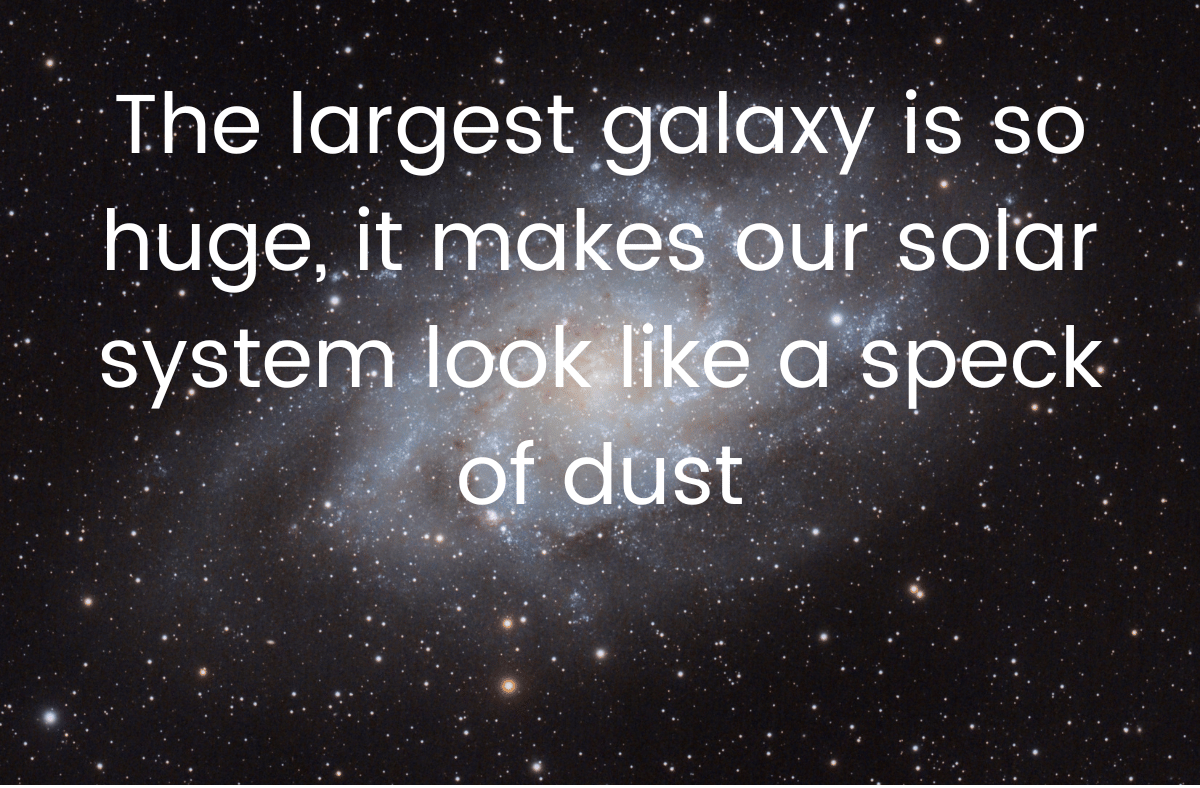Have you ever wondered what the loudest sound ever recorded was? You might think of a jet engine, a thunderclap, or a rock concert. But none of these can compare to the sound of a volcanic eruption.
A volcanic eruption is an explosive event that can be heard up to 100 miles (160 kilometers) away. The sound of an eruption is caused by the release of gas and ash from the volcano. The loudest volcanic eruption on record was the 1883 eruption of Krakatoa .
What Happened at Krakatoa?
Krakatoa was an island in the Sunda Strait of Indonesia, made up of three active volcanoes. On August 26, 1883, the island erupted with a series of explosions that lasted for more than 24 hours . The eruption sent a cloud of ash and smoke 17 miles (27 kilometers) into the air. It also triggered tsunamis that killed over 36,000 people on nearby islands .
The loudest and most powerful explosion occurred at 10:02 a.m. on August 27, 1883. It was estimated to have a sound level of 310 decibels (dB). That’s more than 10,000 times louder than a jet engine at takeoff (150 dB). The sound was so loud that it was heard up to 3,000 miles (4,800 kilometers) away . People in Australia, India, and even South Africa reported hearing the blast. Some thought it was cannon fire, gunshots, or thunder .
The shock waves from the explosion traveled around the world seven times. They also caused atmospheric pressure changes that were detected by barometers worldwide . The eruption also released 20 million tons of sulfur into the atmosphere, which lowered global temperatures for years .
The Legacy of Krakatoa
The Krakatoa eruption of 1883 was one of the most devastating and influential natural disasters in history. It destroyed two-thirds of the island and left behind only a small remnant . It also inspired scientific research, artistic works, and cultural legends .
In 1927, a new volcano emerged from the sea near the site of Krakatoa. It was named Anak Krakatau, which means “Child of Krakatoa” in Indonesian . It has been erupting periodically ever since, with the most recent major eruption in 2018 .
The Krakatoa eruption of 1883 is still considered to be the loudest sound ever produced on Earth. It is a reminder of the immense power and beauty of nature.






















